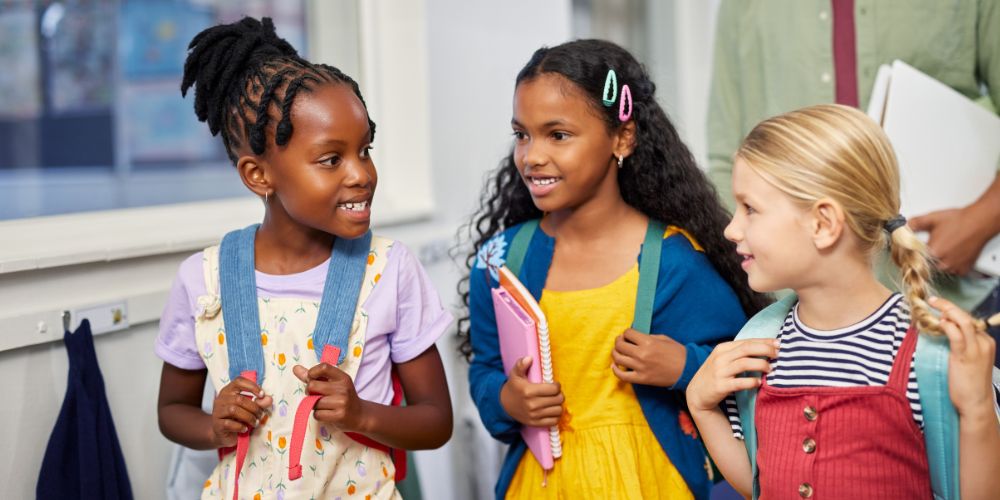What Back to School Looks Like for Kids in Foster Care
As kids head back to school, children in foster care face unique challenges different from their peers. The back to school season often means adjusting to new homes, possibly new schools, and extra stress. Let’s look at what schooling involves for foster youth—and how support programs help them start the year strong.
School Placement Changes and Their Impact
Foster youth frequently move between homes and schools. Between 2005–2009, school-aged children in care averaged 2.8 living arrangements, meaning nearly three different homes—and likely multiple schools—by 2011. This instability can erase 4–6 months of learning each time. Under the Every Student Succeeds Act, schools and child welfare agencies are now required to help children remain in their original school when possible to reduce disruption.
School-Aged Youth and Educational Statistics
There are over 343,000 children in foster care across the U.S. Most are between ages 6–16: roughly 31% are ages 1–5, 22% ages 6–10, 28% ages 11–16, and 6% are teens over 17.
In addition to moving from placement to placement, foster youth, over 67% have been expelled or suspended from school at least once during their educational years. In fact, they’re five times more likely to be expelled from public schools than their peers. This makes them more likely to be held back a grade, which is exasperated when you learn 40% do not get the help they need to catch up in school.
Later on in their education, foster youth are only about 50% graduate high school, compared to 83% of all students, and only 50% will go on to complete their GEDs. And Foster youth are twice as likely to drop out, and only around 23% earn a diploma by age 19.
How Disruptions Affect Learning
When a child changes schools mid-year, transferring credits or catching up is hard. Studies show foster youth often struggle academically: suspended more often, retained in grade, and behind in both reading and math.
These students also miss more days of school, sometimes due to court appointments or moving homes.
Support Programs That Make a Difference
To reduce disruption and support foster youth during back to school, federal and state programs provide help:
- Free or reduced lunch, and sometimes breakfast and after-school meals
- Tutoring and mentoring programs available through schools or local nonprofits
- Therapy or counseling, often coordinated under the Uninterrupted Scholars Act
- Additional supports like Education Training Vouchers (ETV) or scholarships through Foster Love’s Family Fellowship
Ongoing support is critical to make sure kids with foster care experience are able to succeed. The “one size fits all” approach isn’t helpful, and every child needs specific and individualized plans that address their needs. There is still a long way to go to prepare foster youth for transition into adulthood, but things like the above can help.
At Foster Love, we do what we can to make sure students get the boost they need. We offer:
- Rapid Response: delivers critical supplies and resources to keep foster youth housed, in school, and fed.
- Family Fellowship Scholarships: for older teens and young adults heading to college or trade schools.
- Back to School Packs and Tech Packs: filled with school supplies, hygiene products, and even tablets or headphones to ensure students have what they need in the classroom
Why It All Matters
The back to school transition for foster youth is about giving them stability, learning opportunities, and support. With frequent home moves and educational gaps, these children need extra help to stay on track. Thanks to programs from schools, state and federal agencies, and Foster Love’s own initiatives, foster youth can start the school year with hope and the tools they need to succeed.


